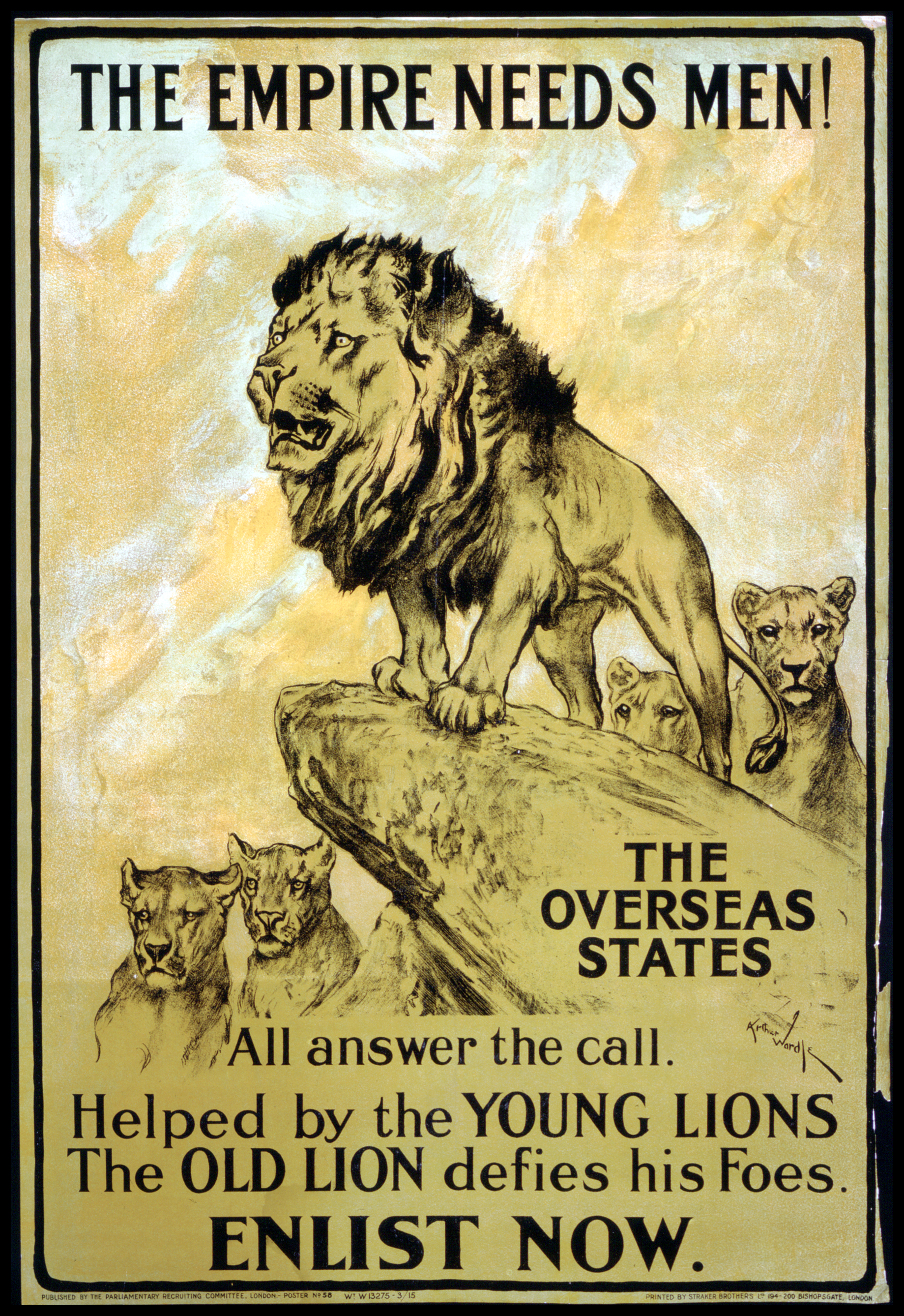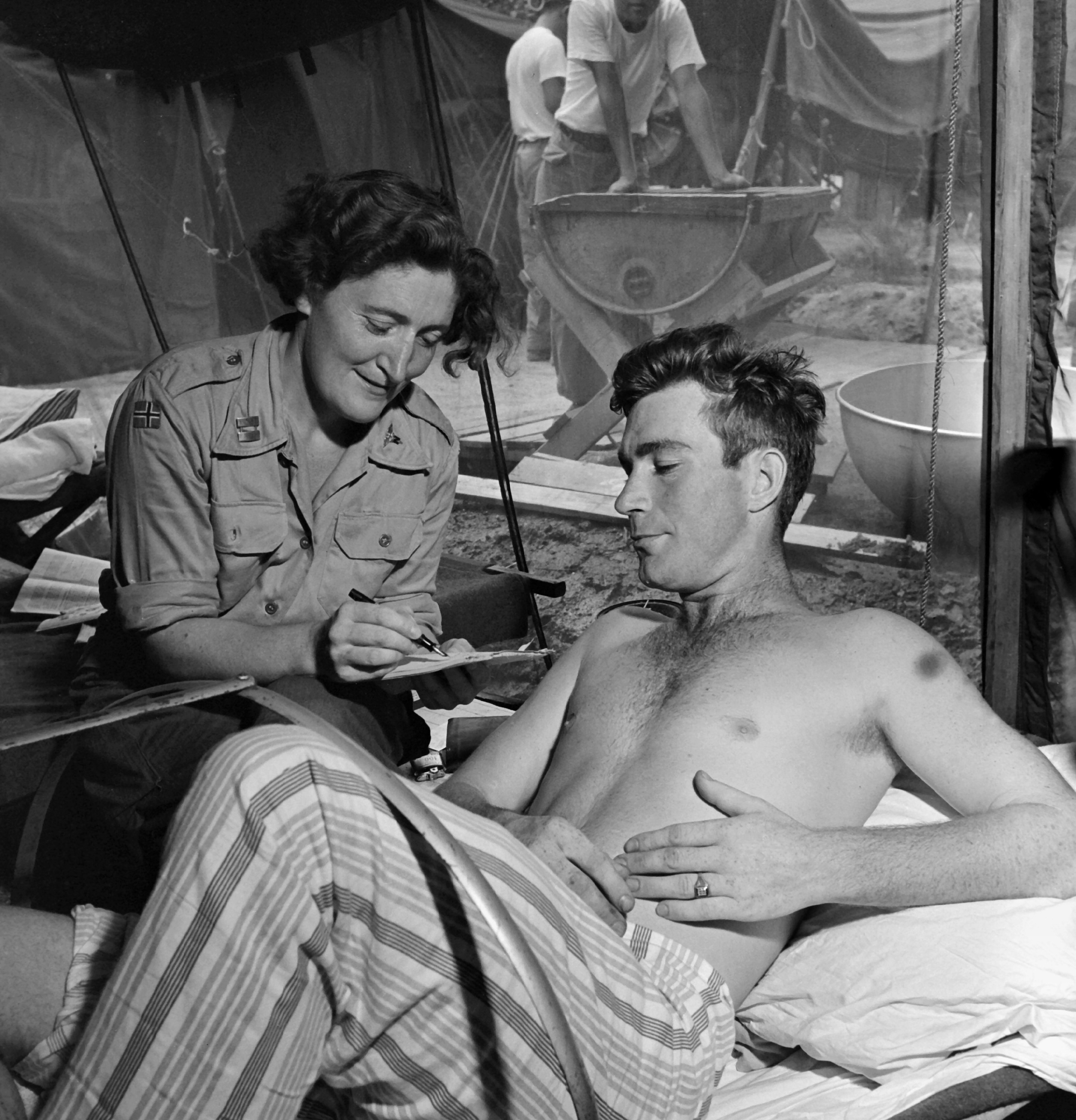|
Manitoba Memorial Lakes
In 1945 the Geographical Names Board of Canada began a program to name previously unofficially named features after casualties from all three branches of the Canadian armed forces. With around 100,000 lakes, most without names, Manitoba has been an enthusiastic adopter of the program. In 1995 the project to commemorate the 4,000 Manitoba casualties from the Second World War by naming lakes, islands and bays after them was completed. The province has had a full-time toponymist since 1971 to manage the naming of its geography. Locations are researched to ensure that names with long-standing local use take precedence and only then given a commemorative name randomly. Since 1995 the province has been commemorating casualties from World War I, the Korean War, Afghanistan and U.N. peacekeeping missions. Early names In July 1947, the province of Manitoba, Canada, named 25 lakes after 26 men who lost their lives on active service in the Second World War World War II or ... [...More Info...] [...Related Items...] OR: [Wikipedia] [Google] [Baidu] |
Geographical Names Board Of Canada
The Geographical Names Board of Canada (GNBC) is a national committee with a secretariat in Natural Resources Canada, part of the Government of Canada, which authorizes the names used and name changes on official federal government maps of Canada created since 1897. The board consists of 27 members, one from each of the provinces and territories, and others from departments of the Government of Canada. The board also is involved with names of areas in the Antarctic through the Antarctic Treaty. Structure The secretariat is provided by Natural Resources Canada. In addition to the provincial and territorial members are members from the following federal government departments: Aboriginal Affairs and Northern Development Canada, Canada Post Corporation, Fisheries and Oceans Canada, Elections Canada, Library and Archives Canada, Department of National Defence, Natural Resources Canada (including Geological Survey of Canada and Canada Centre for Mapping and Earth Observation), Pa ... [...More Info...] [...Related Items...] OR: [Wikipedia] [Google] [Baidu] |
Manitoba
Manitoba ( ) is a Provinces and territories of Canada, province of Canada at the Centre of Canada, longitudinal centre of the country. It is Canada's Population of Canada by province and territory, fifth-most populous province, with a population of 1,342,153 as of 2021, of widely varied landscape, from arctic tundra and the Hudson Bay coastline in the Northern Region, Manitoba, north to dense Boreal forest of Canada, boreal forest, large freshwater List of lakes of Manitoba, lakes, and prairie grassland in the central and Southern Manitoba, southern regions. Indigenous peoples in Canada, Indigenous peoples have inhabited what is now Manitoba for thousands of years. In the early 17th century, British and French North American fur trade, fur traders began arriving in the area and establishing settlements. The Kingdom of England secured control of the region in 1673 and created a territory named Rupert's Land, which was placed under the administration of the Hudson's Bay Company. Rupe ... [...More Info...] [...Related Items...] OR: [Wikipedia] [Google] [Baidu] |
World War II
World War II or the Second World War, often abbreviated as WWII or WW2, was a world war that lasted from 1939 to 1945. It involved the vast majority of the world's countries—including all of the great powers—forming two opposing military alliances: the Allies and the Axis powers. World War II was a total war that directly involved more than 100 million personnel from more than 30 countries. The major participants in the war threw their entire economic, industrial, and scientific capabilities behind the war effort, blurring the distinction between civilian and military resources. Aircraft played a major role in the conflict, enabling the strategic bombing of population centres and deploying the only two nuclear weapons ever used in war. World War II was by far the deadliest conflict in human history; it resulted in 70 to 85 million fatalities, mostly among civilians. Tens of millions died due to genocides (including the Holocaust), starvation, ma ... [...More Info...] [...Related Items...] OR: [Wikipedia] [Google] [Baidu] |
Military History Of Canada During World War I
The military history of Canada during World War I began on August 4, 1914, when the United Kingdom entered the First World War (1914–1918) by declaring war on Germany. The British declaration of war automatically brought Canada into the war, because of Canada's legal status as a British Dominion which left foreign policy decisions in the hands of the British parliament. However, the Canadian government had the freedom to determine the country's level of involvement in the war. On August 4, 1914, the Governor General declared a war between Canada and Germany. The Militia was not mobilized and instead an independent Canadian Expeditionary Force was raised. Canada's sacrifices and contributions to the Great War changed its history and enabled it to become more independent, while also opening a deep rift between the French and English speaking populations. For the first time in Canadian military history, Canadian forces fought as a distinct unit, first under a British commander b ... [...More Info...] [...Related Items...] OR: [Wikipedia] [Google] [Baidu] |
Canada In The Korean War
The Canadian Forces were involved in the 1950–1953 Korean War and its aftermath. 26,000 Canadians participated on the side of the United Nations, and Canada sent eight destroyers. Canadian aircraft provided transport, supply and logistics. 516 Canadians died, 312 of which were from combat. After the war, Canadian troops remained for three years as military observers. Background Japan's defeat in World War II brought an end to 35 years of Japanese colonial rule of the Korean Peninsula. The surrender of Japan to the Allied forces on 2 September 1945 led to the peninsula being divided into North and South Koreas, with the North occupied by troops from the Soviet Union, and the South, below the 38th parallel, occupied by troops from the United States. The Soviet forces entered the Korean Peninsula on 10 August 1945, followed a few weeks later by the American forces who entered through Incheon. U.S. Army Lieutenant-General John R. Hodge formally accepted the surrender of Jap ... [...More Info...] [...Related Items...] OR: [Wikipedia] [Google] [Baidu] |
Canada's Role In The War In Afghanistan
Canada's role in the Afghanistan War began in late 2001. Canada sent its first element of soldiers secretly in October 2001 from Joint Task Force 2,Maloney, S., ''Enduring the Freedom: A Rogue Historian in Afghanistan'', Potomac Books Inc., Washington, D.C., 2005 and the first contingents of regular Canadian Armed Forces (CAF) troops arrived in Afghanistan in January–February 2002. The operations were aimed at identifying and neutralizing Al-Qaeda members in that country and toppling the Taliban regime which was supporting international terrorism. Canada's role in the Afghan conflict grew in 2006 when Canadian troops relieved US forces in Kandahar province, taking command of the multinational brigade in the region during a major Taliban offensive. Later operations in Afghanistan focused on security, reconstruction, and training the Afghan National Army (ANA) and Afghan National Police. The CAF made up the bulk of these missions, supplemented by personnel from t ... [...More Info...] [...Related Items...] OR: [Wikipedia] [Google] [Baidu] |
Canada
Canada is a country in North America. Its ten provinces and three territories extend from the Atlantic Ocean to the Pacific Ocean and northward into the Arctic Ocean, covering over , making it the world's second-largest country by total area. Its southern and western border with the United States, stretching , is the world's longest binational land border. Canada's capital is Ottawa, and its three largest metropolitan areas are Toronto, Montreal, and Vancouver. Indigenous peoples have continuously inhabited what is now Canada for thousands of years. Beginning in the 16th century, British and French expeditions explored and later settled along the Atlantic coast. As a consequence of various armed conflicts, France ceded nearly all of its colonies in North America in 1763. In 1867, with the union of three British North American colonies through Confederation, Canada was formed as a federal dominion of four provinces. This began an accretion of provinces an ... [...More Info...] [...Related Items...] OR: [Wikipedia] [Google] [Baidu] |
Second World War
World War II or the Second World War, often abbreviated as WWII or WW2, was a world war that lasted from 1939 to 1945. It involved the vast majority of the world's countries—including all of the great powers—forming two opposing military alliances: the Allies and the Axis powers. World War II was a total war that directly involved more than 100 million personnel from more than 30 countries. The major participants in the war threw their entire economic, industrial, and scientific capabilities behind the war effort, blurring the distinction between civilian and military resources. Aircraft played a major role in the conflict, enabling the strategic bombing of population centres and deploying the only two nuclear weapons ever used in war. World War II was by far the deadliest conflict in human history; it resulted in 70 to 85 million fatalities, mostly among civilians. Tens of millions died due to genocides (including the Holocaust), starvation, ma ... [...More Info...] [...Related Items...] OR: [Wikipedia] [Google] [Baidu] |
Mackie Lake (Manitoba)
Mackie Lake is a small lake with abundant trout. It is located west of Lynn Lake in northwestern Manitoba, Canada near the border with Saskatchewan. The lake is one of 25 Manitoba memorial lakes In 1945 the Geographical Names Board of Canada began a program to name previously unofficially named features after casualties from all three branches of the Canadian armed forces. With around 100,000 lakes, most without names, Manitoba has been an ... named, in July 1947, after 26 men who lost their lives on active service in the Second World War. Mackie Lake is named after Flying Officer Alexander Morton Mackie (service no. J/88245) who, along with his crew (flying Halifax III MZ-805, coded QB-X, 424 Sqdn RCAF from Skipton-on-Swale), failed to return from an operation to mine Flensburg Harbour on 12 January 1945. MZ-805 was probably the Halifax shot down by German night fighter ace Oberfeldwebel Hans Schadowski at 21:05 hours near Langeland. John Foreman, Simon W. Parry, ''Luftwaf ... [...More Info...] [...Related Items...] OR: [Wikipedia] [Google] [Baidu] |



